1. What is Rug Pull?
Rug Pull is a popular scam tactic in the space of decentralized finance (DeFi) projects on blockchain. This term comes from the phrase "pull the rug out from under (someone)", meaning "over the drawbridge" - a symbol of suddenness and loss.
Rug Pull occurs when developers or development teams withdraw all investment from a project, leaving users with fake assets or even loss of real assets. This means that users face great risks when participating in DeFi projects and need to be cautious and cautious.
2. Impact of Rug Pull

Rug Pull causes significant and negative impacts on the community and users participating in DeFi projects. Here are the important effects of Rug Pull:
Loss of property: The main effect of Rug Pull is that the user may lose all or a large portion of their property. When the development team withdraws all investment capital, users will face fake accounts or loss of real assets.
Decline in trust: Rug Pull caused a huge shock and decreased the spirit of trust in the DeFi community. Users may become less trusting and feel hesitant to participate in new projects due to concerns about safety and transparency.
Loss of reputation: DeFi projects subjected to Rug Pull suffered heavy reputational losses. This reduces the ability to attract new investors and creates a ripple effect, affecting the DeFi community as a whole.
Pressure on DeFi development: Rug Pull places significant pressure on DeFi development, requiring the community and development teams to find solutions to increase safety and control risks in projects DeFi.
In short, Rug Pull not only causes asset loss but also has a profound impact on the reputation and development of the entire DeFi ecosystem. This poses major challenges that the community and developers need to face to create a secure and trustworthy DeFi environment.
3. Types of Rug Pull in crypto
Rug Pull can be classified into two types: Hard and Soft.
Hard Rug Pull: comes from the developer's initial intention to deceive. Through installing code, they commit fraud to steal investors' money directly and without intermediaries.
Soft Rug Pull: occurs when developers create a project with added value through marketing. However, after they attracted a large number of investors and money, they suddenly closed the project and disappeared with the money that investors had invested in that project.
.png)
Common forms of Rug Pull in the crypto market: Liquidity stealing, Limiting sell orders and Dumping.
-
Dumping: is one form of fraud in the cryptocurrency market, often considered a form of Soft Rug Pull. In this scenario, project developers create a large number of tokens and inflate their value through marketing activities. As the value of tokens increases due to investor interest, developers sell off their token holdings suddenly. This action can last from a few hours to several years, depending on the developer's strategy, and can sometimes be hidden as normal market fluctuations, not clearly a formality. Cheat.
-
Liquidity stealing: is another form of Rug Pull, often referred to as Hard Rug Pull. In this case, fraudulent projects will issue tokens and put them into liquidity pools along with valuable assets such as BNB , ETH , or stablecoins , to create an initial value for their tokens. . The project development team will then increase the value of the token to create excitement and create FOMO (fear of missing out) in the investment community. When the token price rises to the desired level, the fraud group will suddenly withdraw liquidity, causing a strong sell-off and depleting the value of the token, causing losses to investors.
-
Limiting sell orders: another form of Hard Rug Pull, is a clever way for developers to defraud investors. In this case, the project token is programmed so that only the development team has the ability to sell tokens. As a result, investors will be stuck with tokens that cannot be sold, leaving them exposed to huge losses when they are unable to exit the asset. This not only causes distrust from the investment community but also reduces the reputation of the cryptocurrency market.
4. Mechanism of action of Rug Pull
The basic process for a rug pulling project usually includes the following steps:
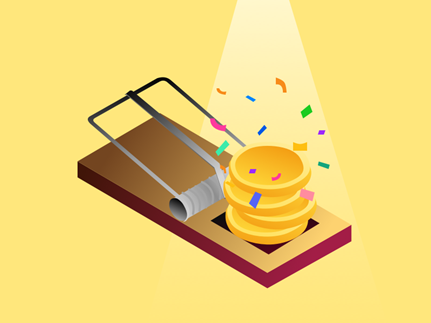
Token creation and issuance: The fraud team creates a token, asset or NFT through a smart contract.
Putting Token into Liquidity Pool: The project will put this token into a common liquidity pool with other tokens such as BTC, ETH, BNB, etc., to create an initial value for this scam token.
Attracting investors: The project will use many measures to attract investors, including hiring major media parties to increase the value of scam tokens, promoting greed and creating a FOMO effect, making investors Invest "money down" to buy fraudulent tokens.
Implement Rug Pull: Once the project has attracted enough participants, the project commits fraud through two options:
-
Fast Rug Pull: The project quickly drains all liquidity, causing the token price to drop to zero in a short time.
-
Slow Rug Pull: The project makes withdrawals slowly over days, helping to avoid detection and prosecution compared to the fast rug pull method.
5. Signs to identify Rug Pull projects
A Rug Pull project often has the following signs:
Website and information channel are sketchy:
Usually, rug pull scam projects do not invest much in website development or other information channels such as Twitter. As a result, their social media platforms are often flawed and have many technical errors.
No security audit (Audit):
New projects often have unfinished products and may contain many errors. Not performing security checks or doing them very poorly can be a red flag. This may be because the cost of security testing from reputable auditing parties (eg CertiK) is too high for startup projects.
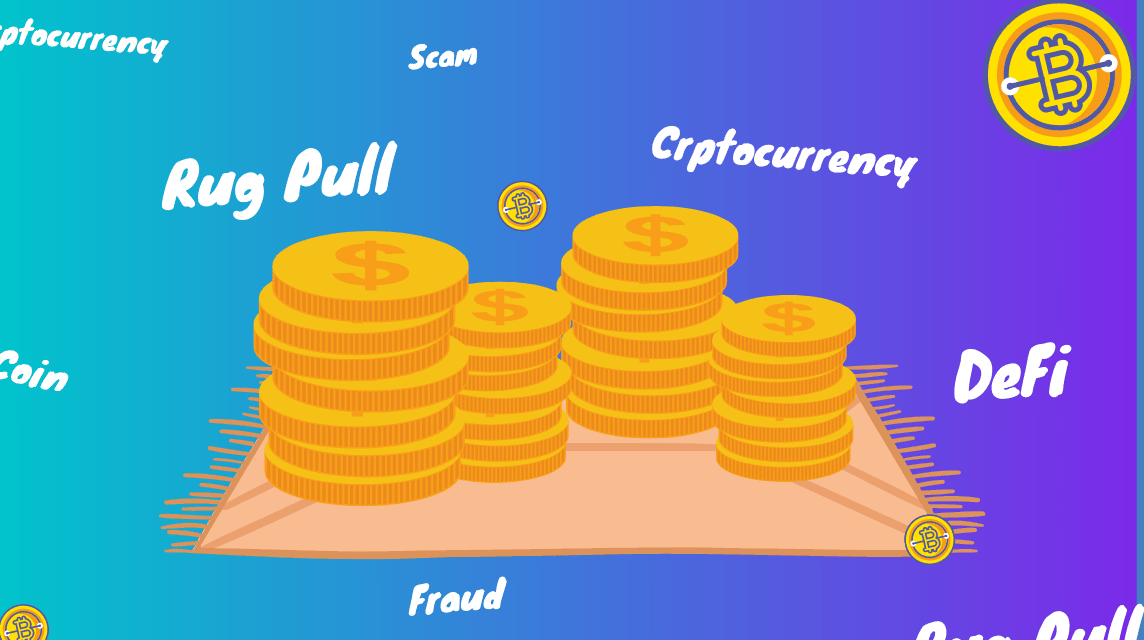
Sudden price increase but small number of wallets:
If the price of a new token spikes with only a small number of wallets holding it, especially if 50-80% of the tokens are in just a few wallets, the project may be manipulating the price. In the case of the Squid Game project, the fact that the top 3 wallet addresses hold 99% of the SQUID tokens on Ethereum shows a high level of concentration and high risk of rug pulling.
Unbalanced token allocation:
If tokens are allocated primarily to developers from the beginning, it is possible that the project is highly centralized and carries risks for investors. On the contrary, if a large amount of tokens are allocated to the project team from the beginning, they have the ability to influence the price or perform a rug pull at any time. Both cases indicate the short-term direction of the project.
However, allocating tokens to business development activities such as marketing, incentives or airdrops over many years may demonstrate a longer-term development direction.
No liquidity lock :
To detect signs of a rug pull, one of the simple methods is to check if the token supply is locked for liquidity. If there is no liquidity lock and the entire amount of tokens is released to the market at once, project owners can drain all liquidity if they hold the majority of the supply. Typically, liquidity is protected through smart contracts with pre-set lock-in periods. Ideal projects will lock up the supply of tokens and release them gradually over a period of 3 to 5 years from the time of issuance. This shows a long-term development goal of the project.
However, it should be noted that developers can adjust the token lockup period to their liking. Therefore, another important factor to recognize signs of fraud is to check whether reputable audit parties have conducted security checks and validated the risk level of the project.
6. Typical Rug Pull cases in crypto
In the cryptocurrency market, there are many typical rug pull cases that have occurred, causing huge losses to investors. Here are some examples:
Squid Game Token (SQUID): The Squid Game Token project has attracted great attention from the investor community after linking with the famous online game "Squid Game". However, after the token price skyrocketed, the project unexpectedly ended and investors were unable to withdraw their funds, leading to one of the biggest rug pulls of 2021.
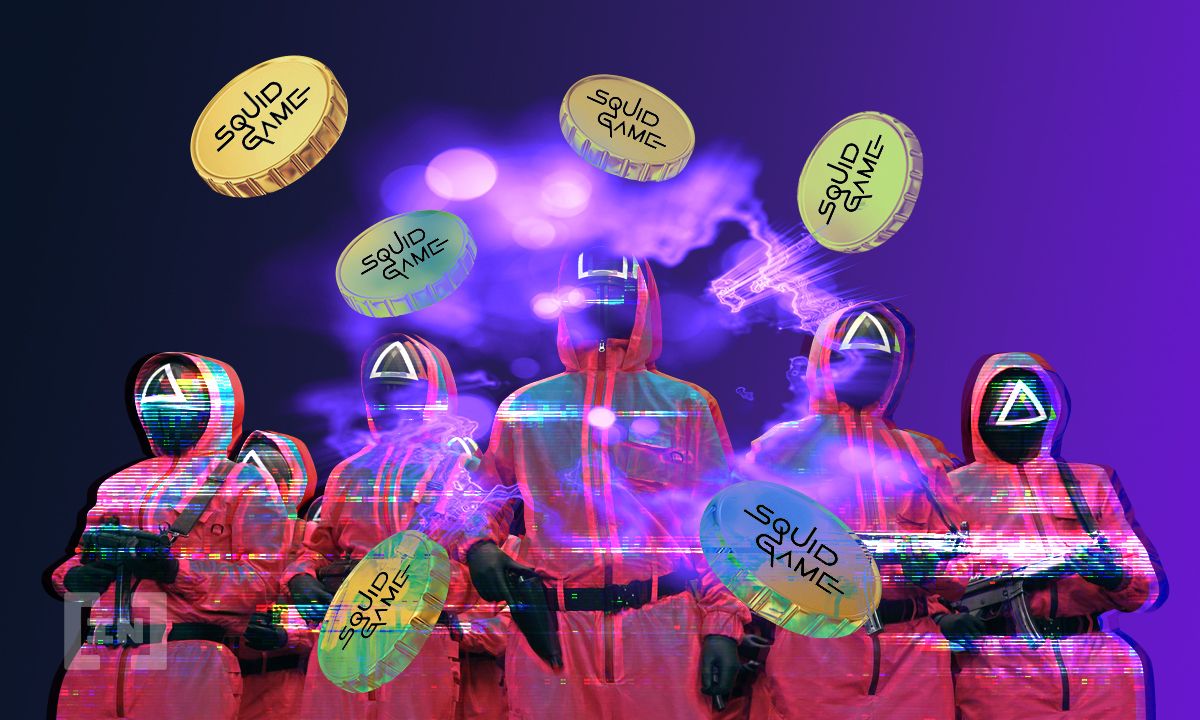
SaveTheKids (KIDS): SaveTheKids was a project with an advertised charitable cause that quickly turned into a case of rug pulling. After attracting a large number of investors and funds, the development team withdrew all liquidity, leaving the community with a token price close to zero.
EverRise (RISE): EverRise is a promising DeFi project with token burning and support from a large community. However, after the token price increased, the development team withdrew all liquidity and disappeared, causing the token price to plummet.
Papa Shiba (PAPASHIBA): Papa Shiba is another example of a rug pull case where the developer creates a project with the image of the famous Shiba Inu dog. After attracting a large number of investors, the development team ran away with the liquidity, leaving the community with worthless tokens.
The above cases are just a small portion of the rug pulling cases that have occurred in the cryptocurrency market, emphasizing the need to do thorough research before investing and to be wary of new projects.
7. How to avoid Rug Pull
To avoid rug pulling in the cryptocurrency market, here are some measures investors can take:
Research carefully: Before investing in any project, thoroughly research the project, including the development team, project goals, development roadmap, and tokenomics structure. Check with independent sources and ensure that the project shows no signs of fraud.
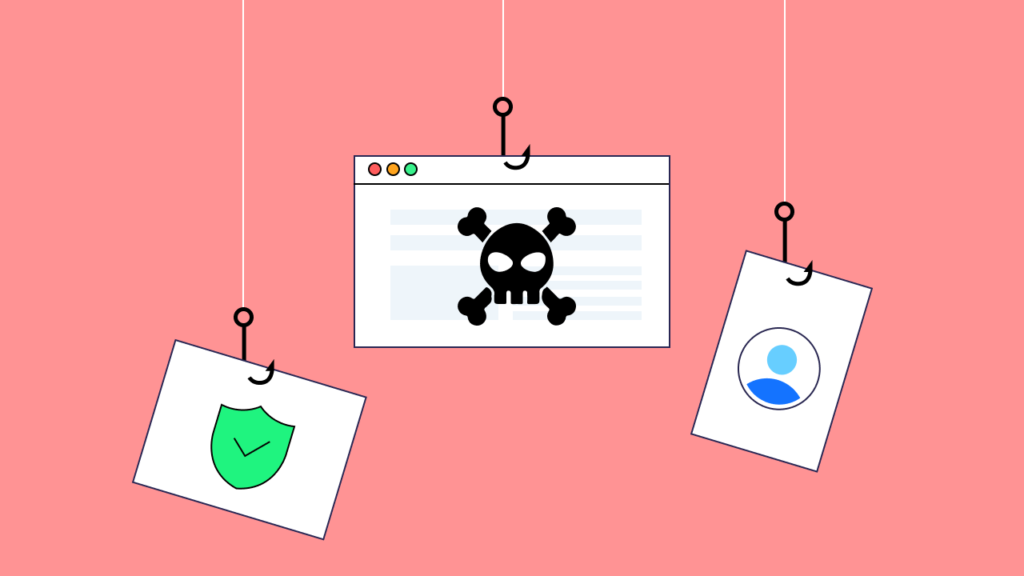
Security testing and audits: Find out if the project has been security tested by reputable auditing parties such as CertiK, Quantstamp, or SlowMist. A security audit report can provide important information about the security of a project and help identify potential risks.
Check tokenomics : Analyze the project's tokenomics structure to understand how tokens are distributed and used. If the majority of tokens are held by the development team or there is no fair distribution plan, that could be a warning sign.
Evaluate centralization: Consider the concentration level of tokens in the hands of management parties. If a few wallets hold the majority of tokens, it could be a warning sign of a potential rug pull.
Monitor project activities: Monitor project information and activities on social networking platforms, forums, and other information channels. Watch out for warning signs such as liquidity withdrawals or unclear information from the development team.
Diversify your investments: Don't put too much money into a single project. Instead, spread your investments across a variety of projects to minimize risk and protect your assets from rug pulls.
8. Conclusion
In today's risky cryptocurrency market, avoiding rug pulls is an important part of protecting assets and ensuring investor safety. By understanding how rug pulling works and taking appropriate precautions, you can minimize your risk of loss and increase your chances of success in the cryptocurrency market. The most important thing is to always be careful and alert when investing. Continue to improve your knowledge, do thorough research and only invest in projects that you believe in and have high credibility. Only with vigilance and wisdom can you achieve success and safety in today's cryptocurrency market.
Read more:

 English
English Tiếng Việt
Tiếng Việt

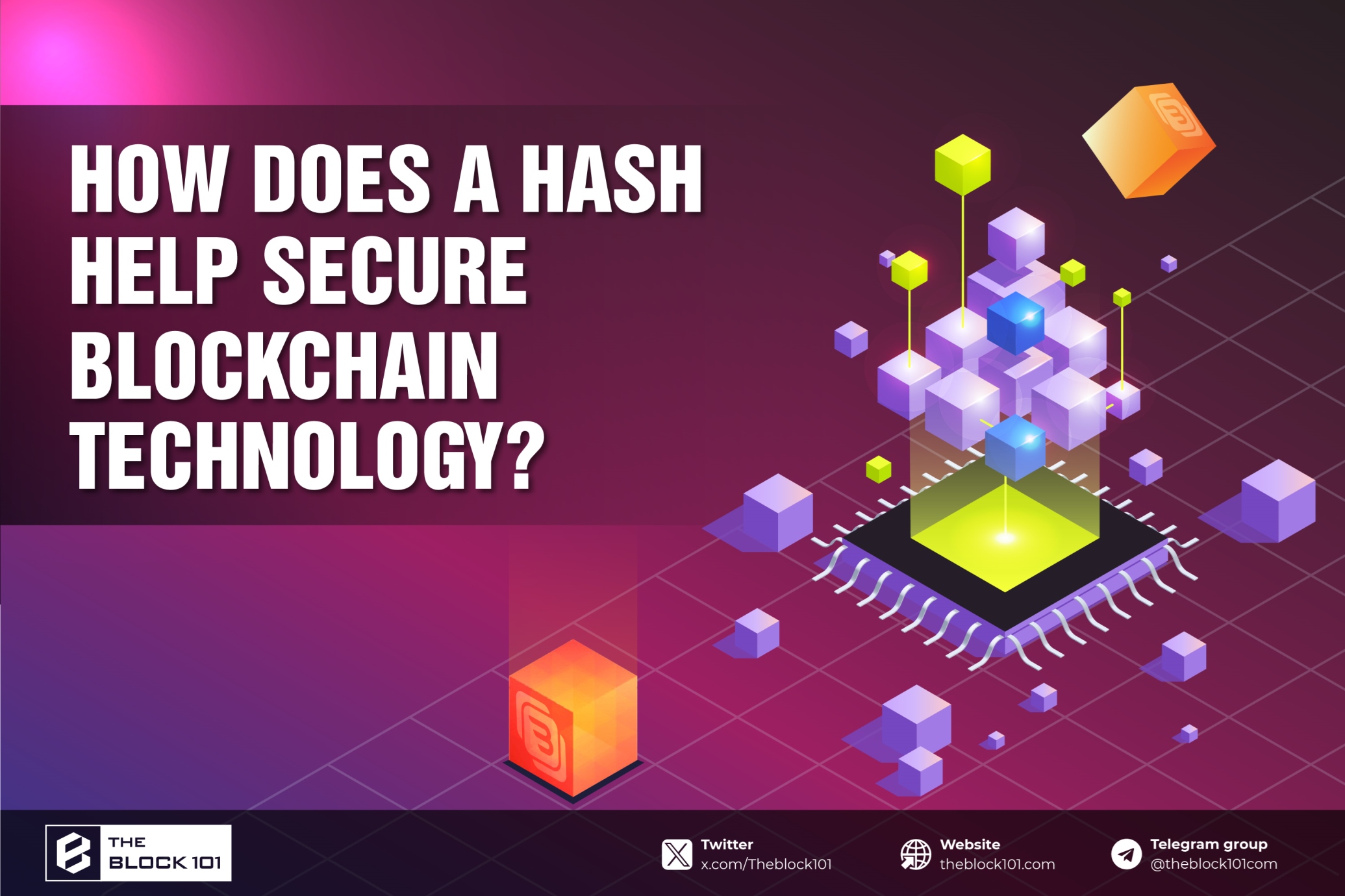
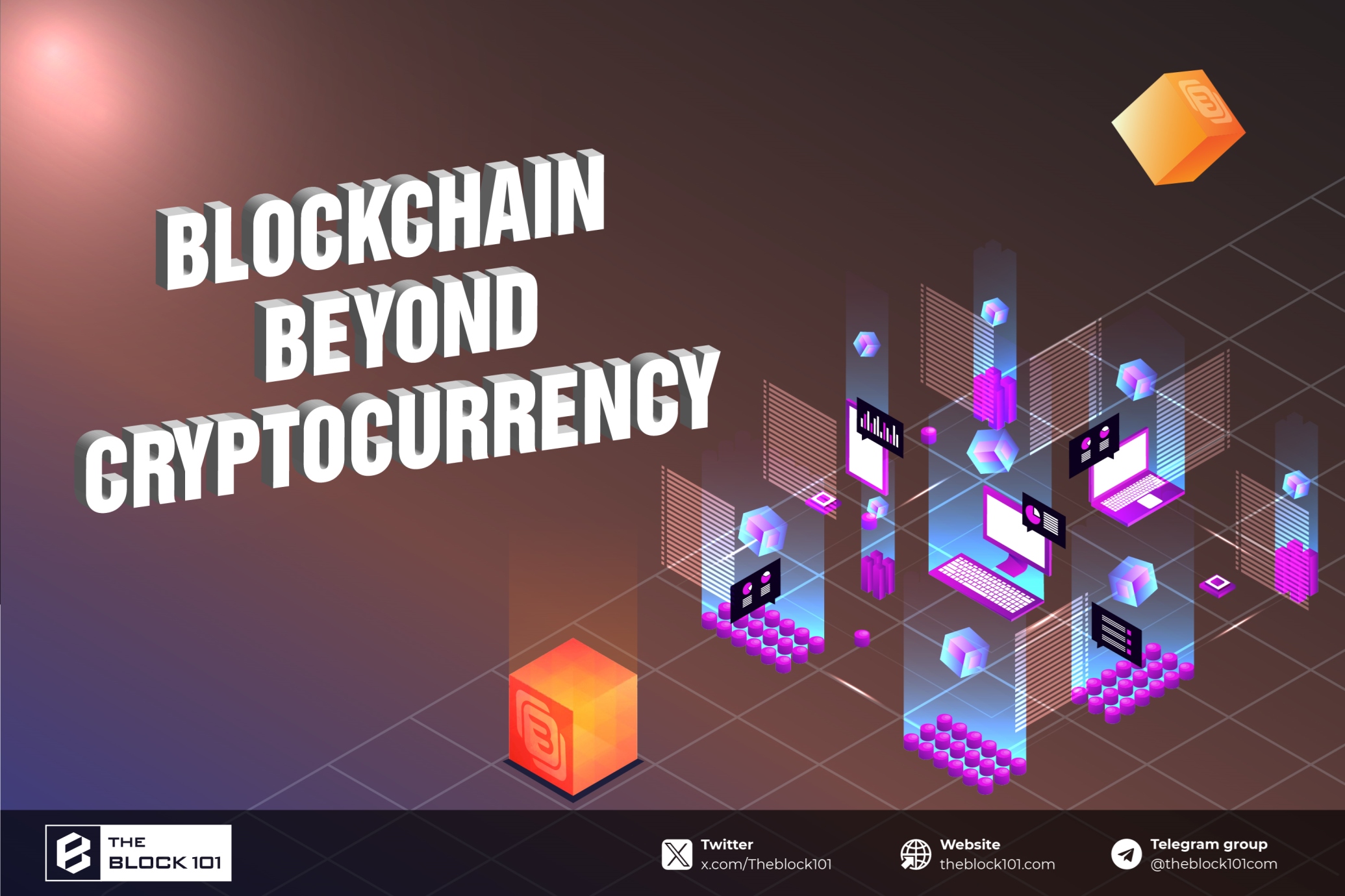
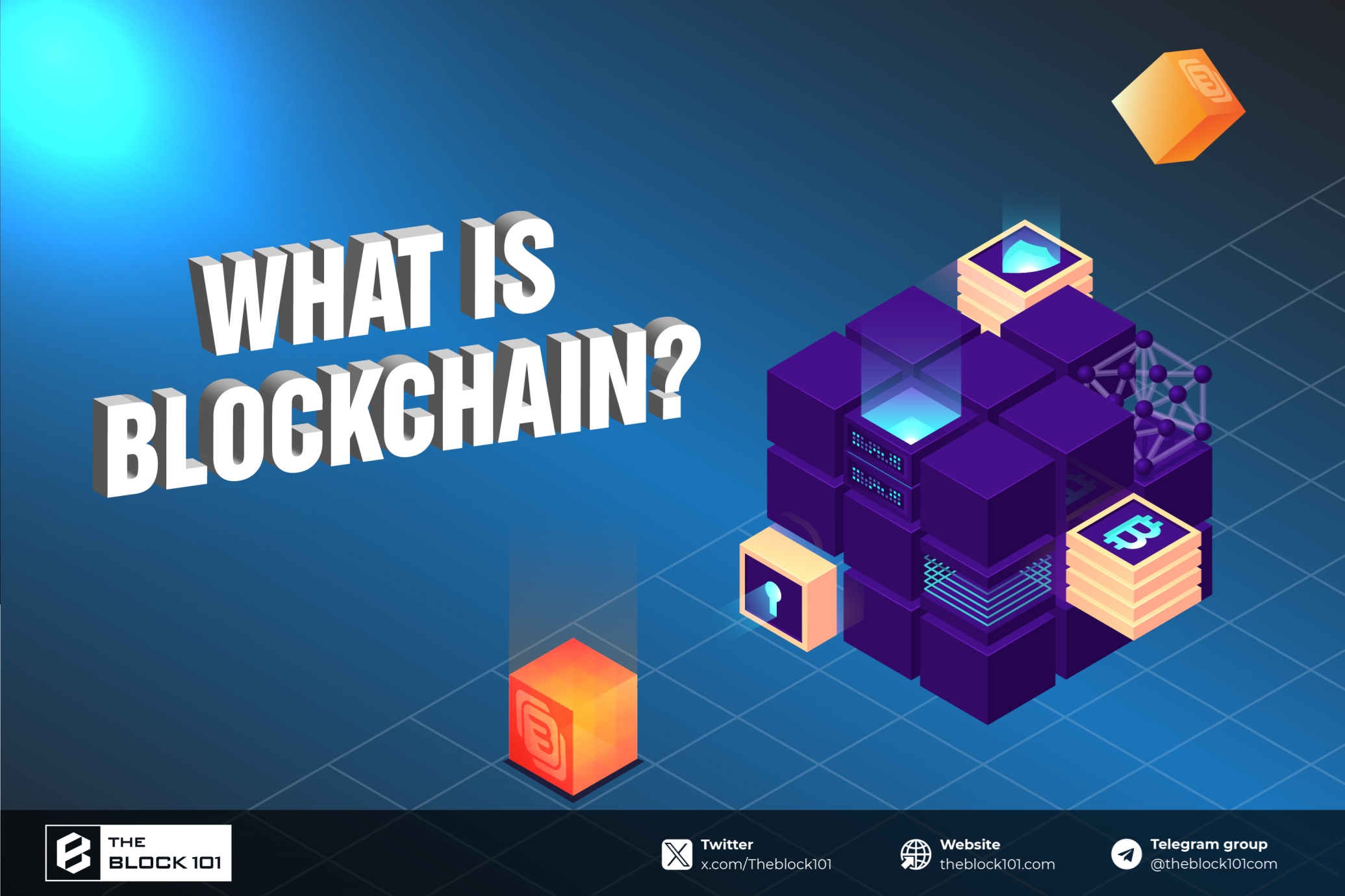
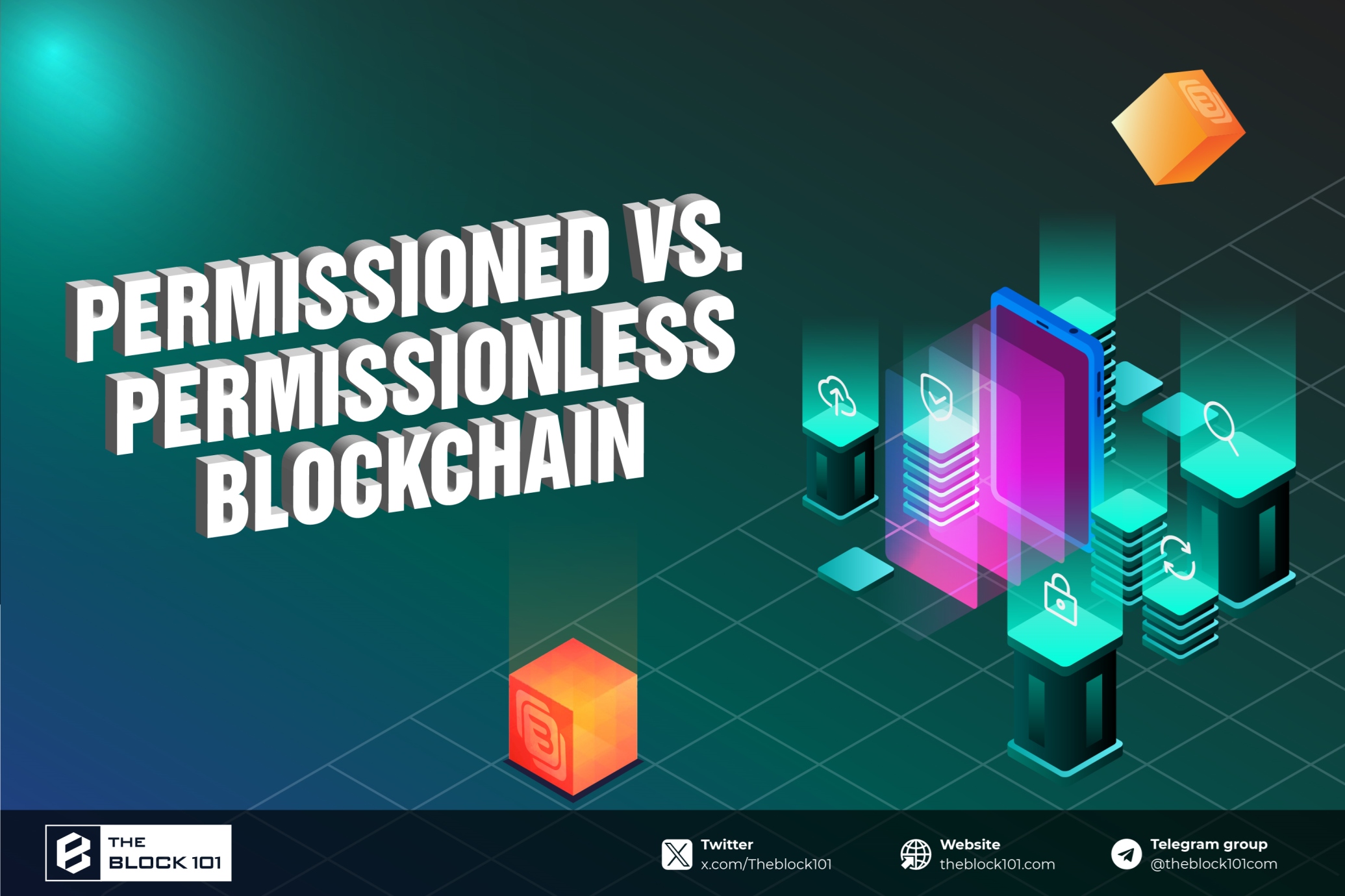
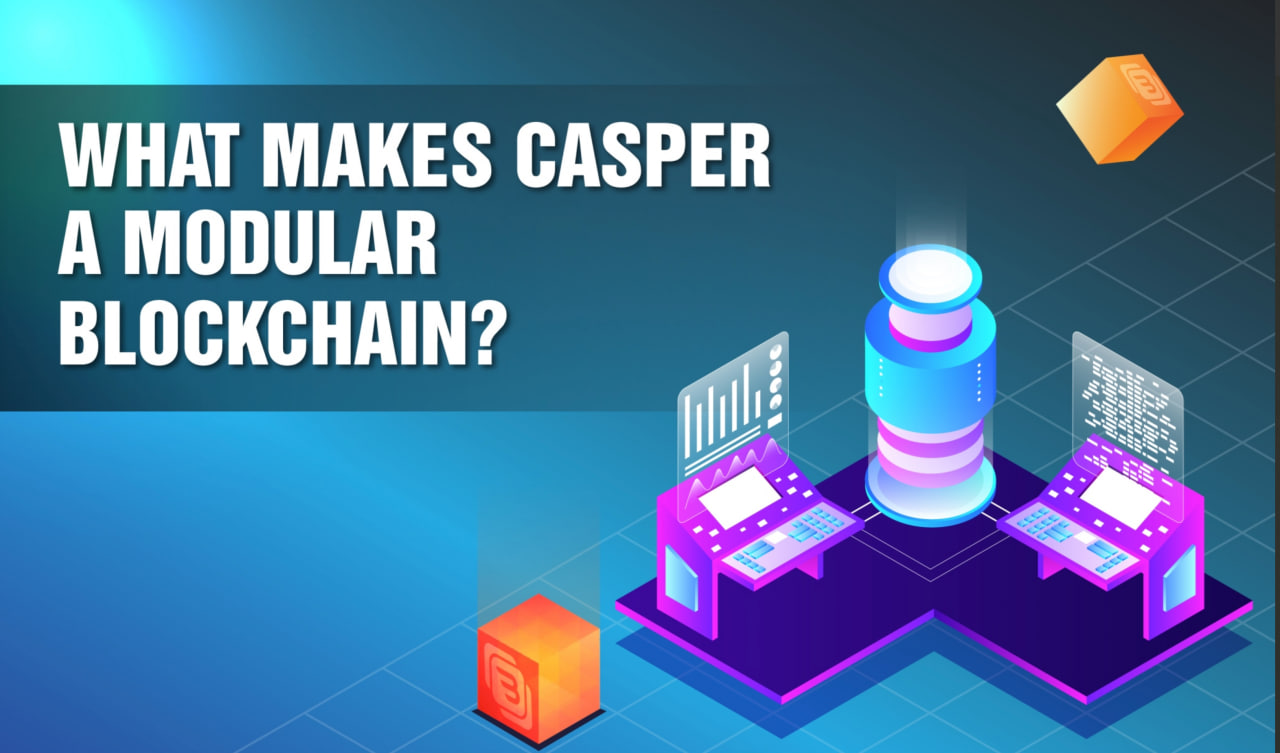





.jpg)




